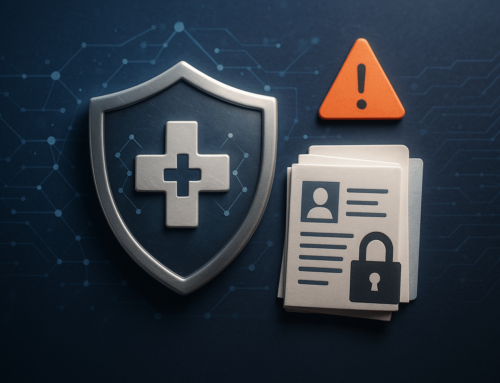
Ensuring a safe healthcare workplace is crucial not only for the well-being of healthcare professionals but also to guarantee patient safety. With the ever-evolving challenges faced by healthcare workers, it becomes imperative to prioritize safety measures and create an environment that fosters secure and efficient care delivery.
We will explore the importance of healthcare workplace safety, discuss key aspects of maintaining a safe environment, and highlight the role of regulatory bodies like OSHA (Occupational Safety and Health Administration) in ensuring a culture of safety.
Creating a Culture of Safety in the Workplace
Creating a culture of safety in the healthcare workplace is essential for maintaining the well-being and security of employees, and it can be achieved through various measures and practices.
1. The Foundation of Healthcare Workplace Safety
When it comes to healthcare workplace safety, establishing a solid foundation is paramount. This involves creating policies and procedures that promote a safe working environment for all staff members. These measures are pivotal in preventing accidents or incidents that could compromise patient safety, from providing adequate training on infection control practices to implementing risk assessment protocols.
2. Preventing Occupational Hazards
Healthcare professionals are exposed to various occupational hazards due to the nature of their work. These hazards can include:
- Exposure to infectious diseases
- Chemical agents
- Physical strain
- Ergonomic issues
- Violence from patients or visitors
As such, it’s essential to implement preventive measures such as:
- Personal protective equipment (PPE)
- Regular health screenings
- Vaccination programs
- Ergonomic assessments
- Security Protocols
Introducing these measures to organizations can significantly reduce these risks.
3. Communication & Collaboration
Effective communication and collaboration among healthcare teams are essential for maintaining workplace safety. Clear lines of communication ensure that important information regarding patient conditions or potential risks is shared promptly among team members. Regular team meetings and debriefings provide an opportunity to address any concerns or identify areas for improvement regarding safety practices.
Patient Safety in the Healthcare Workplace
There are key factors that contribute to ensuring patient safety in the healthcare workplace.
1. Reducing Medical Errors
A safe healthcare workplace directly correlates with patient safety. One significant aspect is minimizing medical errors through improved systems and processes. By implementing protocols such as:
- Medication Reconciliation
- Standardized Procedures
- Double-Checking Practices
- Technology Integration
Healthcare professionals can significantly reduce the occurrence of errors that might harm patients.
2. Infection Control
Infections acquired within healthcare settings pose a considerable threat to patient safety. To combat this, stringent infection control measures must be in place.
These may include:
- Proper Hand Hygiene Practices
- Adherence to Isolation Protocols
- Sterilization and Disinfection of Equipment
- Regular Environmental Cleaning
By ensuring a clean and hygienic environment, healthcare workers contribute to preventing the spread of infections and safeguarding patients’ well-being.
The Role of OSHA: Ensuring Success
OSHA is vital in ensuring healthcare workplace safety through various functions and responsibilities.
1. Regulatory Standards
OSHA sets regulatory standards for occupational health and safety across various industries, including healthcare. OSHA guidelines encompass a wide range of topics pertinent to healthcare workplace safety, such as:
- Bloodborne Pathogens Exposure Control
- Hazard Communication
- Respiratory Protection
- Emergency Preparedness
2. Enforcement & Compliance
OSHA conducts inspections and investigations in response to complaints or reported incidents to ensure compliance with these standards. Non-compliance can result in penalties or fines. The aim is to hold employers accountable, create awareness about potential hazards, and encourage proactive measures for maintaining a safe work environment.
OSHA Compliance: Ensuring Workplace Safety in Healthcare
Healthcare workplaces are highly regulated environments that require strict adherence to safety standards. OSHA compliance is crucial in maintaining the well-being of healthcare employees and patients. From preventing workplace hazards to managing infectious diseases, OSHA guidelines help create a safe environment for all. However, ensuring OSHA compliance can be complex and time-consuming, especially for busy healthcare professionals.
This is where Compliancy Group steps in as an invaluable resource. With their expertise in regulatory compliance, Compliancy Group offers comprehensive solutions tailored specifically for healthcare organizations, guiding them through the intricacies of OSHA requirements and assisting with implementation strategies. By partnering with Compliancy Group, healthcare providers can focus on delivering quality care while entrusting their OSHA compliance needs to proven experts in the field.









